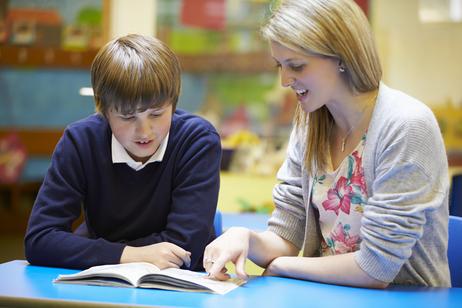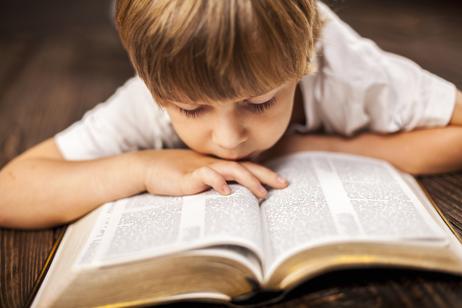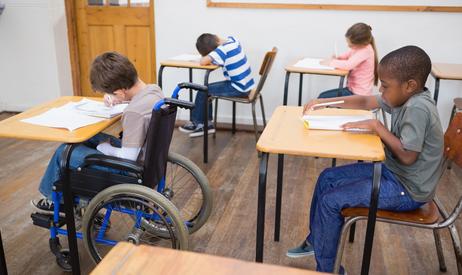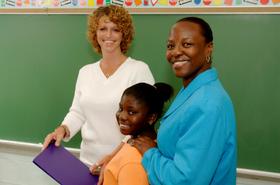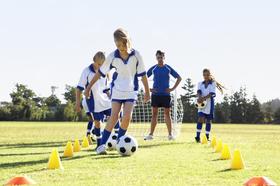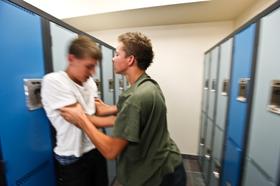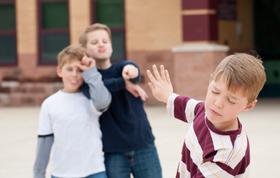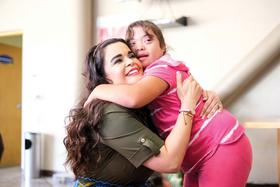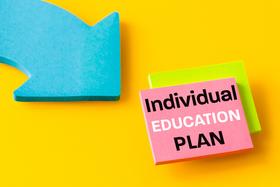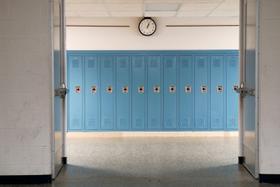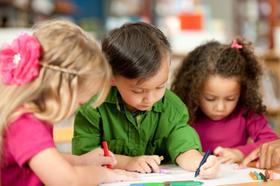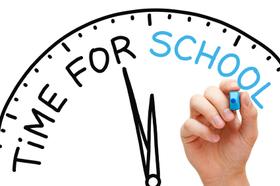Making the switch from middle school to high school is a nerve-wracking change for many students. For some reason, the idea of changing to a new school full of new teachers and new students can be very overwhelming. If your child is nervous about going to high school next year, talking to him about the change may be beneficial. It may also help your child to take some advice from graduating seniors as well as high school teachers. Keep reading to learn more.
Challenges in Transitioning from Middle to High School
Switching to a new school is always a difficult thing to do but it is something that most students go through several times throughout their academic careers. One of the biggest transitions is the one from middle school to high school because it also coincides with puberty for many students. Not only will students find themselves facing a new school with unfamiliar classes, new teachers, and a new schedule, but they also have to navigate the challenges of making new friends and finding their niche within the student body. These things are compounded by additional challenges like resisting peer pressure to drink or do drugs and entering into the world of sexual exploration.
Before you make the transition from middle to high school, there are some practical things you can do to make the switch a little easier. One simple but important thing you should make sure to do is to familiarize yourself with a map of



